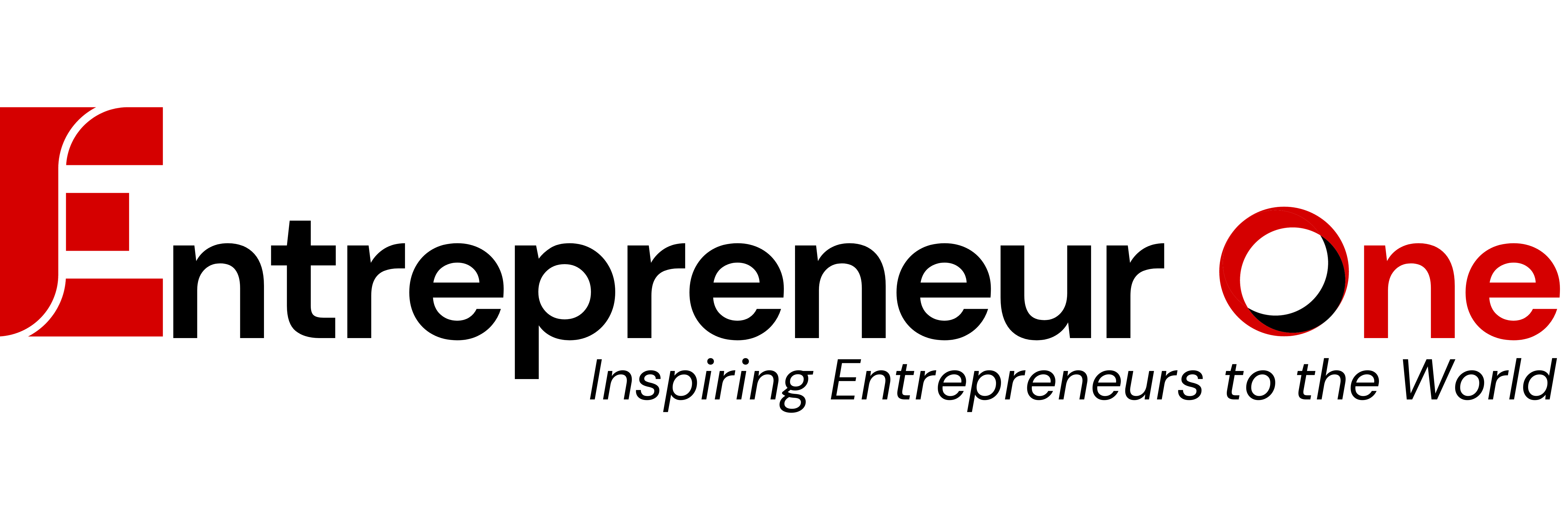Innovation Isn’t Just a Buzzword—It’s Business Survival
We often treat innovation like a luxury—a sleek side project reserved for tech giants or Silicon Valley disruptors. But the truth is far more universal: in today’s hyper-competitive, tech-first economy, innovation is not an option—it’s the cost of entry. Whether you run a billion-dollar company or a one-person venture, your ability to evolve, adapt, and re-imagine determines your relevance. Innovation isn’t just about flashy ideas. It’s about solving real problems better, faster, and smarter than the rest of the market.
A 2023 survey by BCG revealed that 79% of global executives ranked innovation among their top three priorities—yet only 20% felt confident their organizations were good at it. This mismatch reveals a silent crisis: while everyone recognizes the need to innovate, few know how to build systems that make it sustainable. What’s holding companies back isn’t the lack of ideas; it’s the lack of structured experimentation, cultural buy-in, and leadership alignment.
From Disruption to Design: How Innovation Has Evolved
Historically, innovation has been associated with radical disruption—think iPhones, electric cars, or AI chatbots. But in 2025, the innovation landscape is more layered. Companies are no longer judged solely by the novelty of their product, but by their ability to design seamless experiences, improve internal processes, reduce environmental impact, and make their employees’ lives easier. In other words, today’s innovation is both external and internal, strategic and systemic.
Take Zara, for example. It doesn’t invent new styles, but it revolutionized retail by building an agile supply chain that can move a product from design to store shelf in just 15 days. That’s innovation in operations. Similarly, Indian edtech platform BYJU’S didn’t invent education—it made it more accessible, personalized, and engaging for millions through data-driven learning. Innovation today is as much about how you deliver as it is about what you deliver.
Building a Culture That Breathes Innovation
One of the most intuitive but overlooked truths about innovation is this: it doesn’t happen in isolation. No single product manager or R&D team can drive innovation alone. It requires a company-wide mindset—where employees are empowered to question existing norms, propose alternatives, and experiment without fear of failure. And most importantly, where leadership treats innovation not as a department, but as a discipline.
Companies like Tata Consultancy Services (TCS) have built frameworks where innovation is a KPI, not just a philosophy. Their “Co-Innovation Network” brings together startups, academic institutions, and corporate clients in a collaborative model of experimentation. The result? Faster problem-solving and a steady stream of IP development. Creating such an ecosystem requires psychological safety, structural support, and above all, patience with ambiguity and iteration—a combination too rare in today’s quarter-driven world.
Why Failure Is Part of the Innovation Recipe
It may sound counterintuitive, but the most innovative companies in the world are also the most failure-tolerant. Think about Google’s discontinued projects—Google+, Glass, or Inbox. These weren’t flops, they were stepping stones. Every failure helped the company understand users better, refine products, and redirect resources toward more promising ideas.
In India, UPI (Unified Payments Interface) took years of iteration before it became the success story it is today. Early adoption was slow, and technical glitches were frequent, but regulators, banks, and fintech firms persisted. Today, India records more than 10 billion UPI transactions monthly. The lesson is clear: innovation is rarely an overnight miracle. It’s often a series of intelligent failures leading to unexpected breakthroughs.
The Innovation-Technology Symbiosis
While innovation isn’t only about technology, technology is undeniably the biggest accelerator. From AI-driven analytics to blockchain-based supply chains and immersive virtual experiences, technology expands the boundaries of what’s possible. But simply adding AI to your product or launching a mobile app doesn’t make you innovative. The real question is: does this technology solve a meaningful problem or create new value?
Consider how Indian agriculture startups like DeHaat are using AI and satellite imagery to provide real-time crop insights to farmers, improving yield and reducing loss. That’s innovation with impact. Or how companies like Nykaa have leveraged data to personalize beauty recommendations for millions of Indian consumers. Smart use of tech helps these businesses punch above their weight, not by competing on scale, but by competing on precision.
Sustainability: The New Frontier of Innovation
Sustainability used to be treated as a regulatory box to tick. But in 2025, it has become a full-fledged innovation driver. Companies are being judged not just by their profits, but by their purpose. In India, D2C brands like The Good Glamm Group are shifting to eco-friendly packaging, while conglomerates like Mahindra are investing heavily in electric mobility, not because it’s fashionable, but because it’s the future.
A report by Deloitte shows that 61% of Gen Z consumers prefer to buy from sustainable brands, even if it means paying more. In response, businesses are integrating circular economy principles, minimizing waste, and optimizing for energy efficiency. In this context, sustainability is not just ethical—it’s strategic. It offers a new lens for value creation, differentiation, and long-term resilience.
Innovation at Scale: Lessons from Ecosystem Builders
Some of the most powerful innovation stories in recent years have come not from individual companies, but from ecosystem builders—those who create platforms others can build on. Think of Amazon Web Services (AWS), which turned cloud computing into a utility. Or India Stack, which gave rise to Aadhaar, UPI, and DigiLocker—unlocking an entire wave of fintech and e-governance startups.
What these examples show is that innovation doesn’t always mean launching something new. Sometimes, it means creating the conditions where others can innovate. This is particularly important in emerging economies, where public-private collaboration can spark systemic transformation. Innovation, at its best, is inclusive, open-source, and decentralized.
What You Can Do Today?
If you’re a founder, manager, investor, or even a student, don’t wait for innovation to come from the top. Start by asking better questions. What’s a customer pain point no one’s addressing? What outdated process still clogs your workflow? What partnerships could expand your reach?
Introduce “idea jams” in your team meetings. Allocate small budgets for employee-led experiments. Track tech and market trends, not to chase them blindly, but to explore how they intersect with your value proposition. And most of all, embrace the discomfort of trying something new. Because innovation, when done right, doesn’t feel safe—it feels exciting.
Final Thought: Innovate Continuously, or Be Replaced Silently
Innovation isn’t a moment. It’s a mindset. It’s what turns good companies into great ones—and great ones into category-defining legends. The pace of change is brutal, but the opportunity is breathtaking. You can either be the business that adapts, reinvents, and thrives—or the one that gets remembered in a case study titled “What Not to Do.”
The choice is yours. But remember: in this economy, standing still is the fastest way to fall behind.















